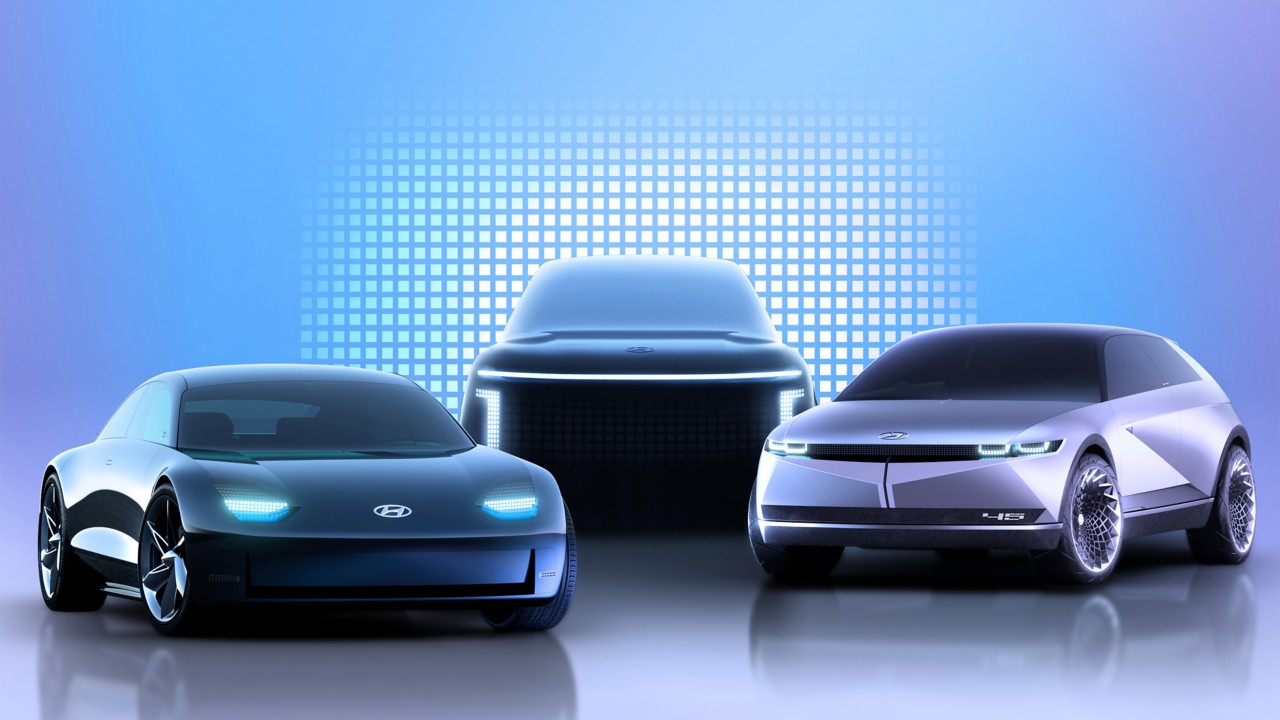Hyundai Motor Company has emerged as a significant player in the electric vehicle (EV) market, showcasing a commitment to innovation and sustainability through its evolving electric car designs. This article explores the evolution of Hyundai’s electric car design, from its early forays into electric vehicles to the cutting-edge models that define its current lineup. We’ll delve into key milestones, design philosophies, technological advancements, and the impact of Hyundai’s electric cars on the automotive industry.
Early Steps: Hyundai’s Entry into Electric Vehicles
Hyundai’s journey into electric vehicles began with cautious steps, reflecting the industry’s initial exploration of alternative propulsion technologies. Here are some pivotal moments in Hyundai’s early electric vehicle development:
- Hyundai BlueOn: Introduced in 2010, the BlueOn was Hyundai’s first production electric car. It was based on the i10 platform and aimed at urban commuters in South Korea. The design focused on practicality and efficiency, with a range suitable for city driving.
- Hyundai Ioniq Electric: Launched in 2016, the Ioniq Electric marked Hyundai’s broader entry into the global electric vehicle market. It offered a sleek design, competitive range, and advanced features, positioning Hyundai as a serious contender in the EV segment.
These early models laid the groundwork for Hyundai’s approach to electric car design, emphasizing functionality, efficiency, and accessibility.
Design Philosophies: The Evolution of Hyundai’s Electric Aesthetics
Hyundai has evolved its design language to cater specifically to electric vehicles, blending futuristic aesthetics with practicality and aerodynamic efficiency. Key design philosophies that define Hyundai’s electric cars include:
- Sensuous Sportiness: Inspired by Hyundai’s overarching design philosophy, sensuous sportiness aims to evoke emotional responses through elegant lines and dynamic proportions. This philosophy is evident in models like the Hyundai Kona Electric and the upcoming Ioniq 5.
- Eco-Friendly Materials: Hyundai incorporates sustainable materials in its electric car designs, such as recycled plastics and plant-based composites. This commitment to sustainability enhances the appeal of Hyundai’s electric vehicles among environmentally conscious consumers.
By integrating these design principles, Hyundai not only enhances the aesthetic appeal of its electric cars but also improves their overall efficiency and environmental footprint.
Also Read : Diving into Hyundai’s Visionary Concept Car Designs
Technological Innovations: Advancing Electric Mobility
Hyundai continues to innovate with each new electric vehicle model, introducing advanced technologies that enhance performance, range, and user experience. Key technological innovations in Hyundai’s electric cars include:
- Electric Powertrains: Hyundai has developed advanced electric powertrains that deliver impressive performance and efficiency. Models like the Hyundai Ioniq 5 feature Hyundai’s Electric-Global Modular Platform (E-GMP), offering enhanced driving dynamics and fast-charging capabilities.
- Driver Assistance Systems: Hyundai’s electric cars are equipped with cutting-edge driver assistance systems (ADAS) that improve safety and convenience. Features such as adaptive cruise control, lane-keeping assist, and automated parking are standard in many Hyundai electric models.
These technological advancements underscore Hyundai’s commitment to leading the charge in electric mobility, making its electric cars attractive options for both consumers and fleet operators.
Impact on the Automotive Industry: Setting New Standards
Hyundai’s electric car designs have had a significant impact on the automotive industry, influencing design trends, technological advancements, and consumer expectations. Key contributions include:
- Market Expansion: Hyundai’s diverse electric vehicle lineup has contributed to the broader adoption of electric cars worldwide. Models like the Hyundai Kona Electric and the upcoming Hyundai Ioniq 6 are expanding Hyundai’s market presence in key regions.
- Sustainability Leadership: By prioritizing eco-friendly materials and efficient electric drivetrains, Hyundai is setting new standards for sustainability in the automotive industry. This leadership role enhances Hyundai’s brand reputation and attracts environmentally conscious consumers.
Overall, Hyundai’s electric car designs are reshaping the automotive landscape, driving innovation and sustainability forward while meeting the evolving needs of consumers.
Future Directions: Hyundai’s Vision for Electric Mobility
Looking ahead, Hyundai is poised to further expand its electric vehicle lineup and continue refining its electric car designs. Key elements of Hyundai’s vision for electric mobility include:
- Expansion of E-GMP Platform: Hyundai will continue to leverage its E-GMP platform for upcoming electric models, enhancing performance, range, and design flexibility.
- New Design Languages: Hyundai will evolve its design languages to reflect the unique characteristics of electric vehicles, focusing on aerodynamics, interior space optimization, and connectivity.
By staying at the forefront of electric vehicle innovation, Hyundai aims to solidify its position as a leader in sustainable mobility and shape the future of electric car design.
Conclusion
In conclusion, Hyundai’s evolution in electric car design represents a journey of innovation, sustainability, and consumer-centric engineering. From its early electric vehicle models to the sophisticated designs of today, Hyundai has demonstrated a commitment to pushing boundaries and redefining the possibilities of electric mobility. As Hyundai continues to expand its electric vehicle lineup and introduce new technologies, the future looks promising for both the company and the broader automotive industry.
By embracing electric car design as a cornerstone of its strategy, Hyundai is paving the way for a more sustainable and technologically advanced future of mobility.
This article provides a comprehensive exploration of Hyundai’s electric car design evolution, supported by examples, case studies, and insights into the impact on the automotive industry and Hyundai’s future direction in electric mobility.
(source)
Originally posted 2024-07-02 07:55:11.
